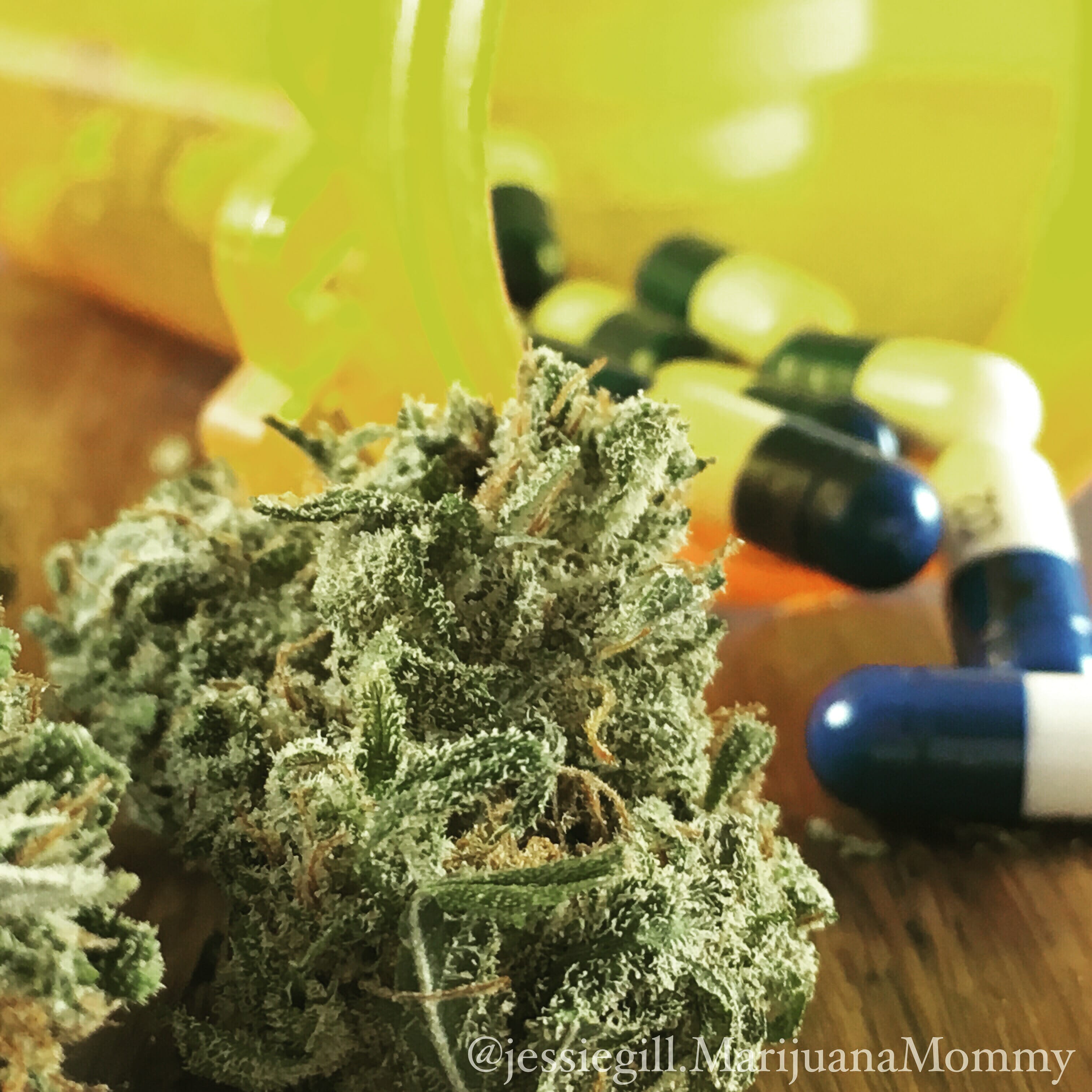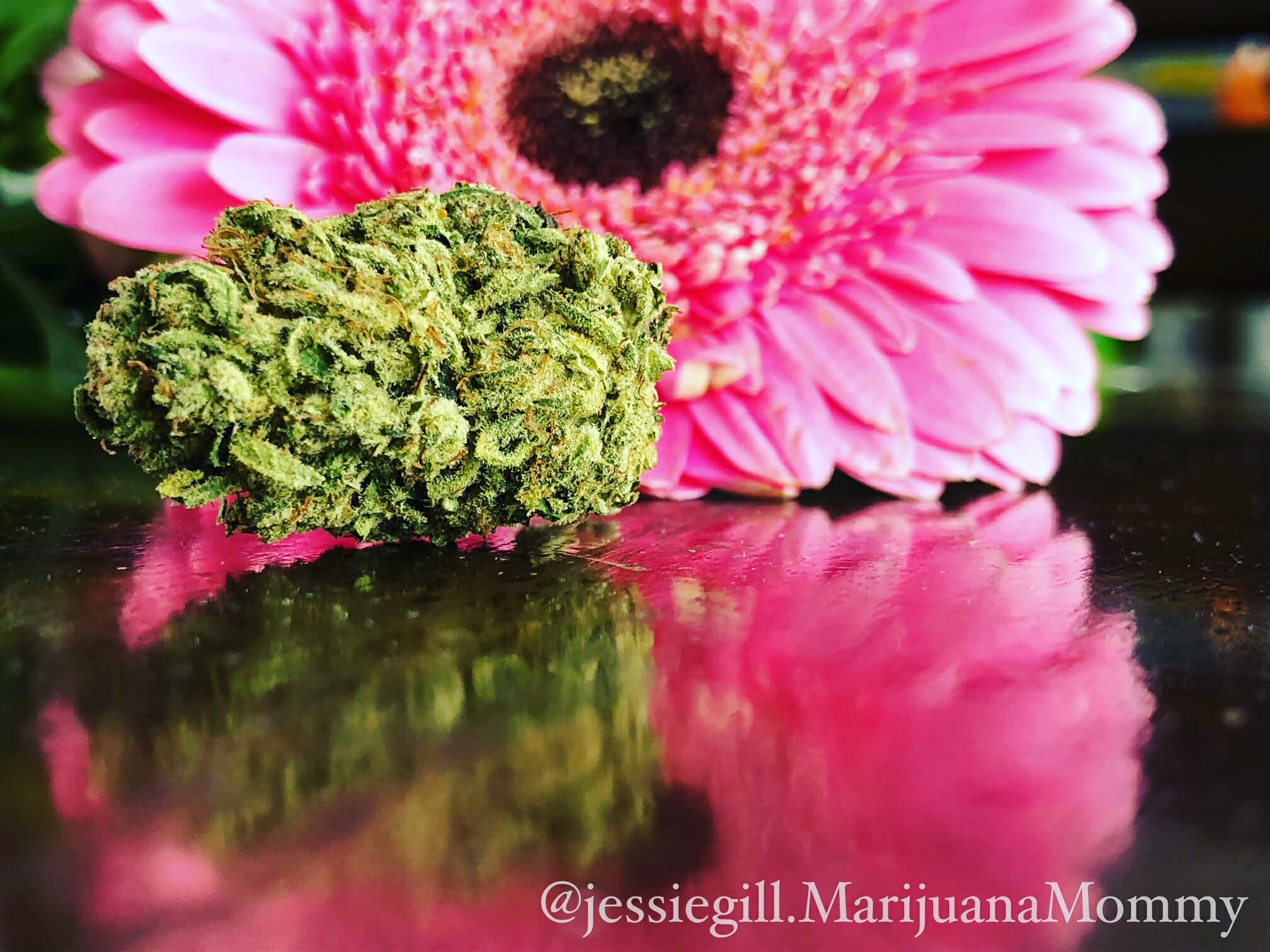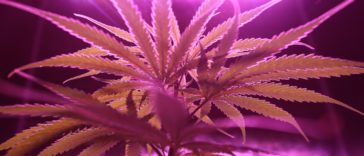This website is informational and cannot diagnose or treat illness or disease. Medical marijuana should be used under the direction of a licensed healthcare provider. This site contains advertisements. If you click a link and make a purchase, MarijuanaMommy.com may receive a commission.
How to Use Marijuana for Pain Relief
Cannabis Is Unpredictable at First
Figuring out how to use marijuana for pain relief requires a little trial and error. Start small. Be patient. Keep trying, because, in the end, many patients find it a better alternative to prescription medication.

Don’t “Just Go Smoke a Joint”
I’ve been told by more than one patient, that their doctor advised them to “just go smoke a joint” and see if it helps their pain. This is not good advice!
Unfortunately, many healthcare professionals are still misinformed about cannabis. Pain treatment with medical marijuana is more complicated than picking up a random joint and smoking it. You really need to know exactly what–as in, which strain–you are consuming, and you need to be cautious about how much and the method in which you consume it.
An entire joint is waaaay too much for new patients-especially if it’s a high-THC strain. This can cause a panic attack. Then new patients believe the anxiety is from cannabis and refuse to try it again. The dosage of marijuana, like all medications, is very important. Too much is not good.
Cannabinoids – Important Components in Cannabis
Most people recognize the most famous cannabinoid, THC. THC is the main cannabinoid in marijuana that makes you feel high. You may have also heard of CBD. CBD is being widely researched (Did you know the US government owns a patent on CBD?–True story!), and like THC, CBD has powerful health properties. But cannabis contains over 113 different cannabinoids and some don’t even have names yet.
Not All Marijuana is the Same
Additionally, cannabinoids interact with other components in the plant, such as terpenes to produce what is commonly referred to as the “entourage effect”.
There are thousands of different chemovars, commonly called “strains” of marijuana.
- Everyone responds differently to different cultivars. Sour Diesel gives me anxiety; for you, it may be blissful.
- Each individual plant contains different types and varying amounts of cannabinoids, terpenes and other components that have a collective medicinal effect.
Do they sell pipes on Amazon? Glass Pipes Amazon
Choosing Cannabis Products Can Be Complicated
Historically, there were two types of cannabis: Sativa and Indica. Now, all chemovars (strains) available are hybrids–or combinations of the two. The classifications mean very little in today’s market.
Historically, indicas were considered to be sedating, while sativas were considered to be invigorating. Again, in today’s market, these categories mean very little, because it’s very difficult (probably impossible) to find true sativas or true indicas. All strains available now are hybrids, or mixes of the different types.
To make it more complicated, each strain of cannabis can cause a different physical reaction, and those reactions, vary from person to person.
Read this post to learn more about strains: Strains of Cannabis Are All So Different
Remember, chemovar reactions are highly individualized. Also, keep in mind that there are no regulations for cannabis strains and there’s no accepted nomenclature. Which means, a strain available in CA named “Bubba Kush” does not mean it’s the same exact strain as the “Bubba Kush” being sold in NJ.

How to Choose a Chemovar
Like most experts, I encourage friends and families to start with high CBD strains. CBD, or cannabidiol, is a powerful anti-inflammatory with few side effects. Reducing inflammation can significantly reduce pain levels. Low-THC strains can be great for daytime use. A product with a 1:1 CBD-to-THC ratio is often a great place to start.
High-CBD strains are particularly appealing for cannabis-naive users. CBD can help reduce the risk of anxiety because CBD mitigates some of the intoxicating effects of THC.
Read: Can Cannabis Help Anxiety?
Unfortunately, high-CBD, low-THC strains are not always the most effective at eliminating pain. Many pain management patients require medium-THC to high-THC strains to effectively manage their pain. Most patients utilize a variety of chemovars and products in their plan of care. Personally, I love Juanita La Lagrimosa, (a high-CBD strain), The Hog (a medium-THC strain), and Death Star (a very high-THC strain).
The only way to know which product work best for you is to try the different options.
The dispensary staff (depending on the dispensary) can offer guidance to help narrow down your options. Dispensaries with a medical focus tend to be more familiar with symptom management. Budtenders have access to local patient feedback about the specific strains available in their dispensary. They can often tell you what works for other patients.
Remember – everyone is different. I could function all day on the strain Death Star, while others might feel anxious and paranoid with one inhalation.
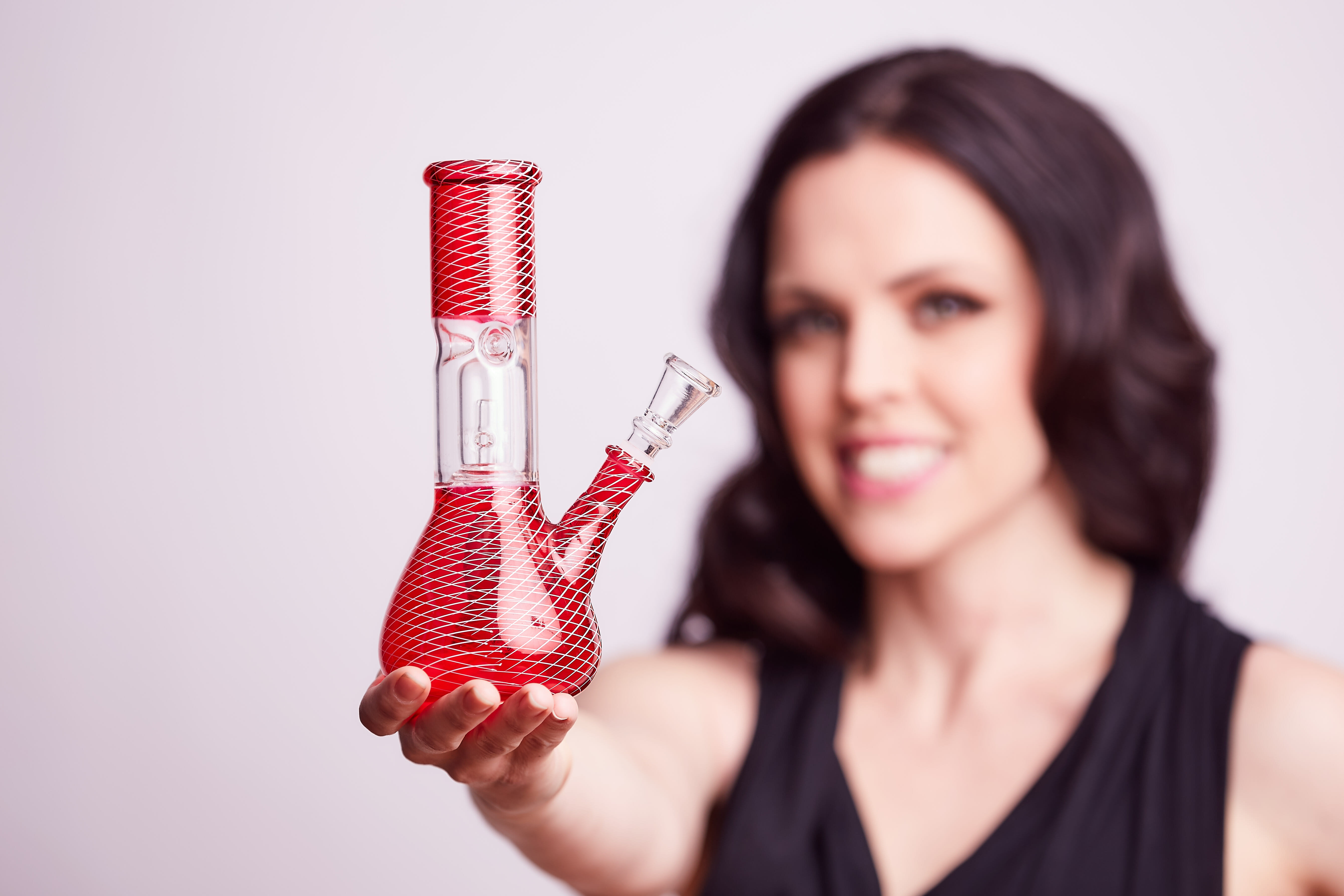
Will I Feel High All The Time?
Many patients are afraid to try cannabis because they worry about feeling high all the time.
In the beginning, new patients who have never tried cannabis before may feel significantly altered. This wears off because tolerance to THC builds quickly.
Many cannabis users can find a product, dosage, and a method that helps ease their pain without causing significant side effects. At the same time, patients should keep in mind that this is a medication and all medications can cause side effects.
Have you ever gotten a prescription medication with a warning that said,”don’t operate machinery until you are familiar with this medication”? The same should be said of cannabis. You never know how significantly a product will affect you until you try it.
To Vape, Smoke, or Eat?
You should expect different physiological results depending on the method of cannabis administration you choose.
It’s important to remember, oral consumption is usually must stronger than vaping or smoking. Even for experienced users.
The most common ways to administer medical marijuana:
- Vaporize – I like the Pax 3 or the Crafty
- Smoke – Read: Smoking vs Vaporizing
- Oral – Make your own edibles.
Watch How I Make ABV Coconut Oil in the Crockpot [VIDEO]
Start Low, Go Slow
Whichever products you choose, start with very small doses and increase your dosage slowly.
If you’re vaping, take one inhalation and wait 20 minutes. If your pain isn’t addressed and you don’t feel too foggy, take another. (Again, do not “just go smoke a joint” that’s usually waaaay too much at first!!)
If you’re consuming orally, it’s often recommended that you eat a very small dose containing around 2.5 mg of THC. Keep in mind, eating is much more potent than smoking or vaping.
There are no hard rules when starting medical cannabis, except to start low and go slow. Medical marijuana as a pain treatment is not about getting high, it’s about eliminating pain, so pay attention to your symptoms and consume responsibly.
Don’t give up after one try. If your first attempt with medical marijuana doesn’t help, consider trying a different product or another method of consumption.
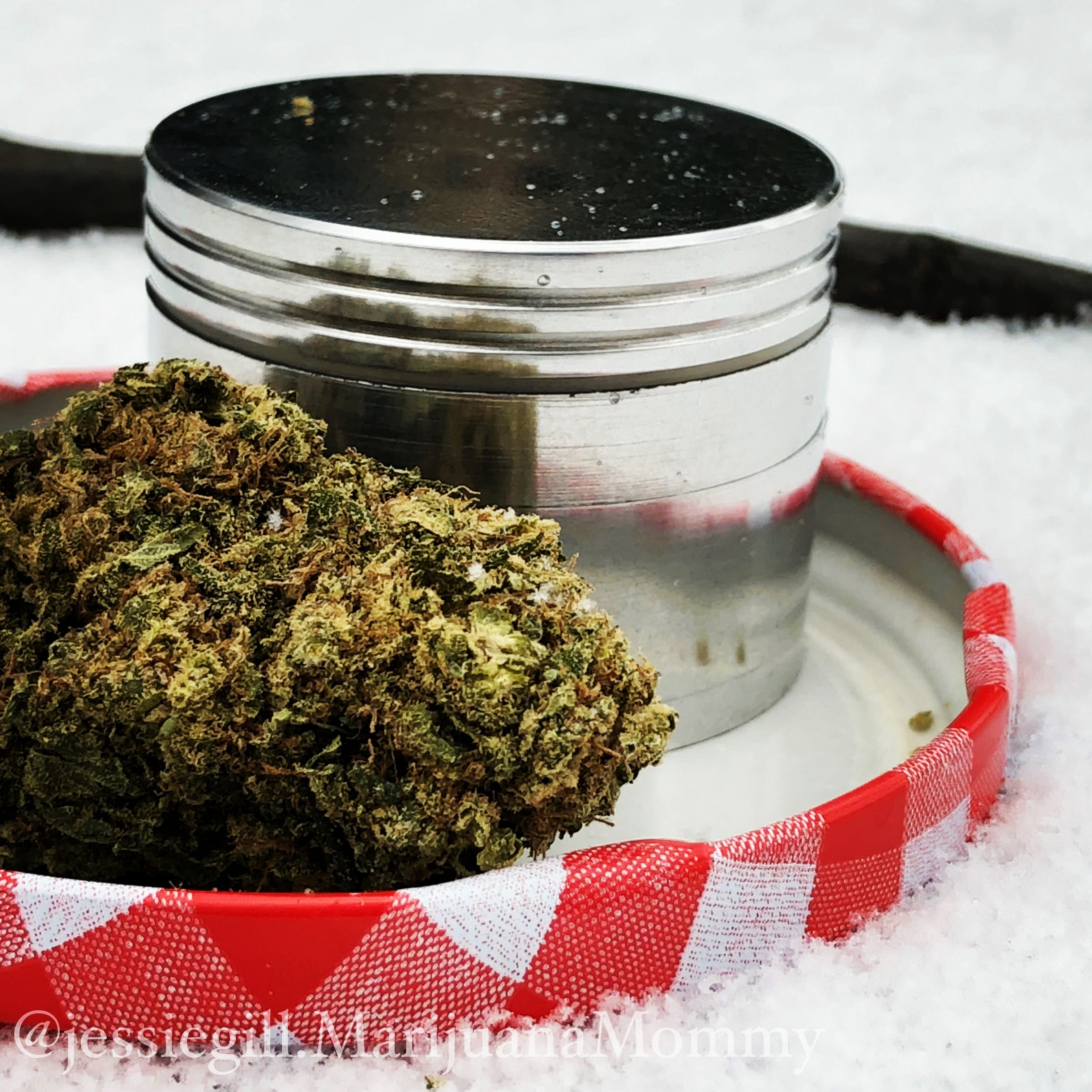
Stay Ahead of the Pain
When treating chronic pain, it’s often wise to get ahead of the pain. Pain can behave like a snowball tumbling down a mountain. Stop it immediately or it can quickly grow unmanageable.
When treating pain with pharmaceuticals, healthcare providers usually prescribe a baseline pain medication to manage the constant pain. They also prescribe a stronger medication for “breakthrough pain”. I mimic this with cannabis.
I microdose, or take small doses of cannabis frequently throughout the day. I either consume approx 2.5-7 mgs of full-spectrum THC oil at regular intervals, or I vape every few hours. When my pain levels are high, I reach for higher doses and higher-THC chemovars.
In addition to medical marijuana, I also take 25-100 mgs of full-spectrum CBD hemp oil every day. I encourage my loved ones with health issues to take at least 25 mgs a day of full-spectrum CBD. Pleaes be careful when choosing a CBD supplement, there’re tons of low-quality products on the market. NurseGrown is the CBD brand that I use.
Addressing pain can be tricky, even with traditional pharmaceuticals. It’s best to stay ahead of chronic pain.
50+ Gifts for Stoners you can buy for under $20 each.
Vaporizers - Pros & Cons
| Pros | Cons |
|---|---|
| Works almost immediately | Short acting |
| Eases nerve pain | Has a notable smell of weed (dissipates) |
| Economical – Vaporized bud can be cooked | Expensive device |
| Makes me cough |
Edibles (Homemade) - Pros & Cons
| Pros | Cons |
|---|---|
| No smell | Doesn’t help my nerve pain |
| Longer lasting | Takes 30-90 minutes to be effective |
| More discreet | Dosages difficult to determine – You need to test every batch. For me this can kill 3-4 days. |
| Portable | Easy to ruin your weed |
| More intense high – For some this may be a benefit |
The Uncomfortable Reality of Cannabis
When my son’s 3rd-grade class learned about drugs, they learned from a very outdated health book. As the teacher reviewed marijuana’s status as an illegal and dangerous drug, my son interjected, “Hey – my mom uses marijuana! Marijuana is ALSO a medicine.”
I’m proud. He’s a quiet boy who shrinks into the background. It’s not easy for him to speak up. But he bravely helped fight a stigma by teaching his entire class.
I contacted his teacher to tell her I was proud. And (ok – let’s be honest) to make sure she knew that I’m a legal patient. She sent me a lovely response promising to reiterate the medical applications during the next health lesson.
Marijuana IS a medicine. The negative stigma nearly prevented me from trying medical marijuana. That would have been tragic because my results are fantastic. It’s not an easy medication to get or to figure out, but it’s changing the lives of patients around the world.
Step-by-step guide: How to Get a Medical Marijuana Card in NJ
Conclusion
Medical marijuana doesn’t come with an instruction pamphlet that says that take two puffs every three hours. It’s very individualized.
Start low and go slow. There are a variety of methods of consumption and each one makes you feel little differently. Be patient and keep trying!
My goal was to eliminate as many daily pharmaceuticals as possible, starting with opioids and valium. I’ve had incredible success. I haven’t needed an opiate or valium since I started MMJ in November 2015. I hope you have as much success as I have.Trending Now


